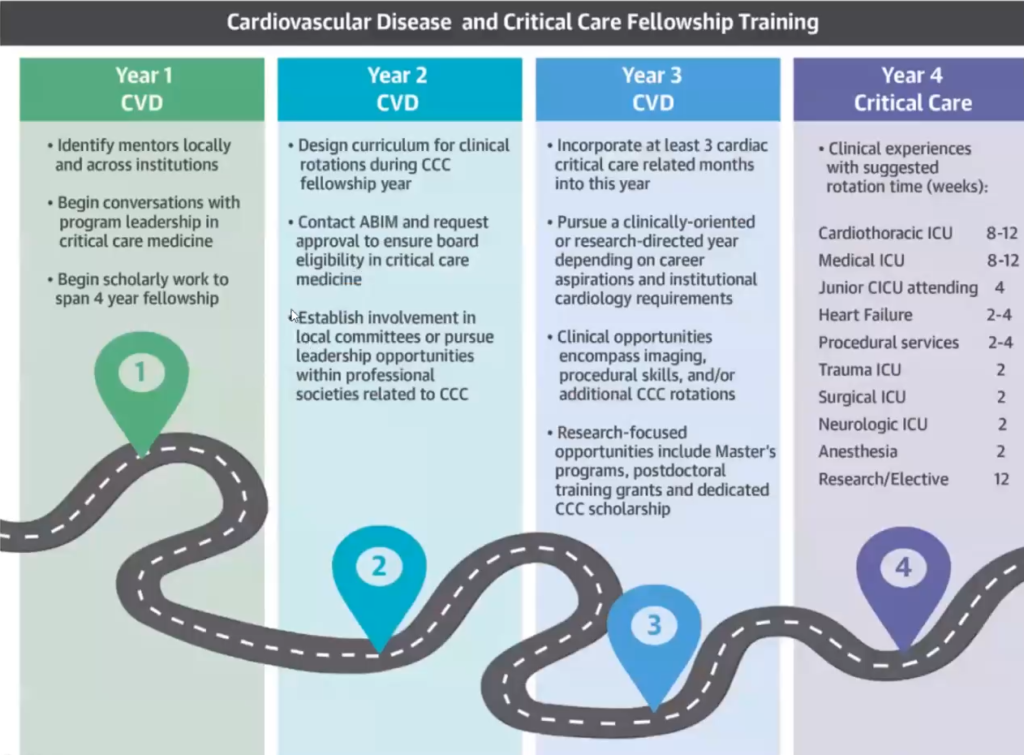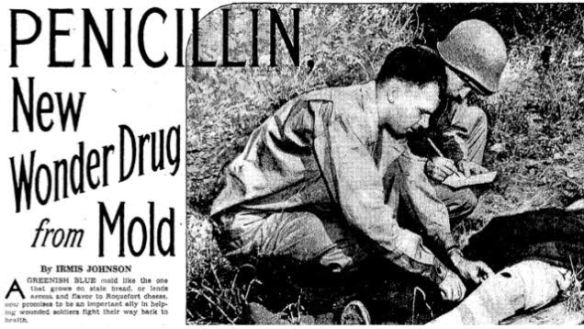Welcome back to ECMOvember at MarylandCCProject.org. This is a presentation that was given at the 2013 American Academy of Emergency Medicine’s Scientific Assembly on the utility of extracorporeal life support and its emerging role in the treatment of cardiac arrest & refractory cardiogenic shock. Do you know the difference between VV & VA ECLS? When should you consider initiating ECLS for the patient in shock? Is it ready for primetime? You decide!
Podcast: Play in new window | Download
Subscribe: Apple Podcasts | RSS
Extracorporeal Membrane Oxygenation (ECMO) or Extracorporeal Life Support (ECLS) Overview
- Venovenous ECMO (VV ECMO)
- Primary goal: Support during reversible respiratory failure
- Indications (ARDS, severe PNA, ILD, etc.)
- Refractory hypoxemia – P:F ratio< 80 for over 6 hrs
- Refractory hypercapnia with acidemia – pH < 7.15 – 7.20
- Excessively high PPLAT >35-45 cm H2O
- Cannulation
- Bicaval, dual-lumen AvelonTM catheter through the right internal jugular vein (23 or 27 French)
- Dual insertion through the right IJ and femoral vein
- Venoarterial ECMO (VA ECMO)
- Primary goal: Support during reversible cardiac failure/shock (CS)
- Bridge to recovery, transplantation, destination therapy, or decision
- Indications
- Refractory cardiogenic shock
- Hypotension (SBP<80-90; MAP > 30mmHg from baseline)
- End-organ dysfunction
- Cardiac index < 1.8 – 2.2 L/min/m2
- PCWP > 18 mmHg
- Primary goal: Support during reversible cardiac failure/shock (CS)
- AHA: No specific hemodynamic recommendations
- ESC/EATS: No specific hemodynamic recommendations
- ELSO: No specific hemodynamic recommendations
- Cannulation
- Central cannulation to ascending aorta performed in the OR
- Peripheral cannulation in femoral vessels performed at the bedside
- Catheter size: 17 Fr arterial, 21 Fr venous
- Arterial cannula rests in distal aorta
- Provides retrograde flow
- Improved physiology in cardiogenic shock
- Decreased pulmonary artery pressure
- Increased end organ perfusion
- Increased PaO2 over VV ECMO
- ECMO flow rates
- Goal: Arterial pulse pressure > 10 mmHg
- Begin with 1.5 – 2L/min, titrate to 3-6L/min
- May require vasopressor/inotropic support, goal MAP > 65
- Additional considerations
- Therapeutic hypothermia rapidly initiated through heat exchanger – Target core body temp: 32-34°C
- Anticoagulation required – Unfractionated heparinization: body weight adjusted
- Mechanical Ventilation – Lung protective ventilation (6-8cc/kg TV)
- Monitor for distal limb ischemia
For the entire handout from this lecture with included references: AAEM (2013) ECMO presentation handout FINAL
Thanks to Dr. Joe Lex for the amazing introduction on this talk and for first posting the mp3 first on his website http://freeemergencytalks.net
[author title=”About the Author”]



